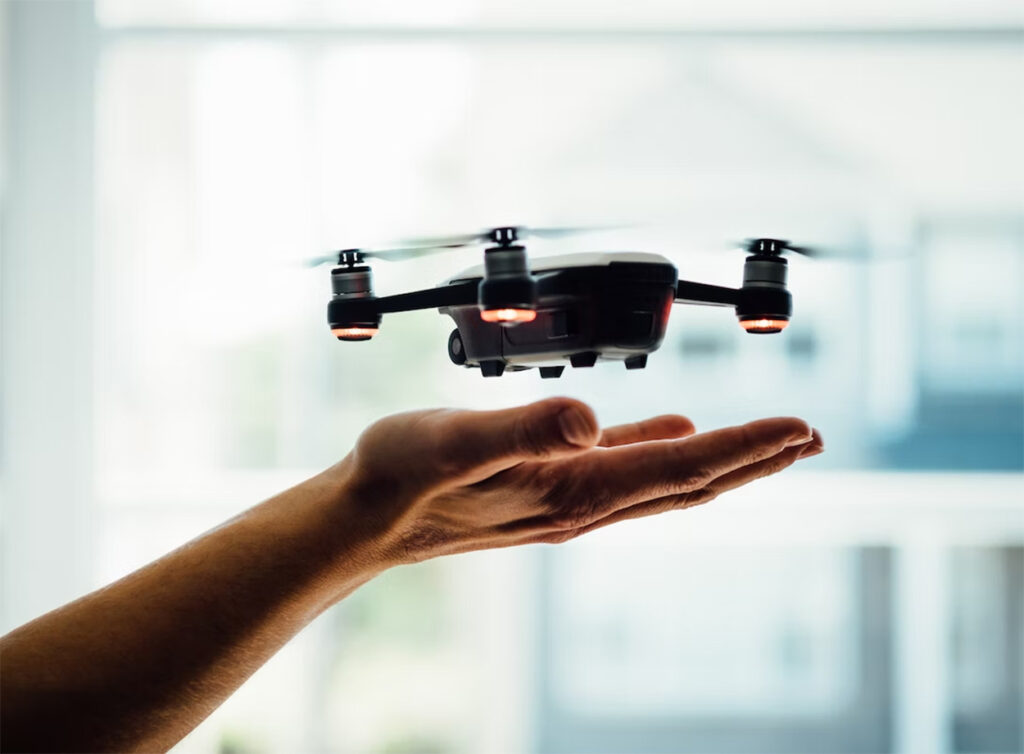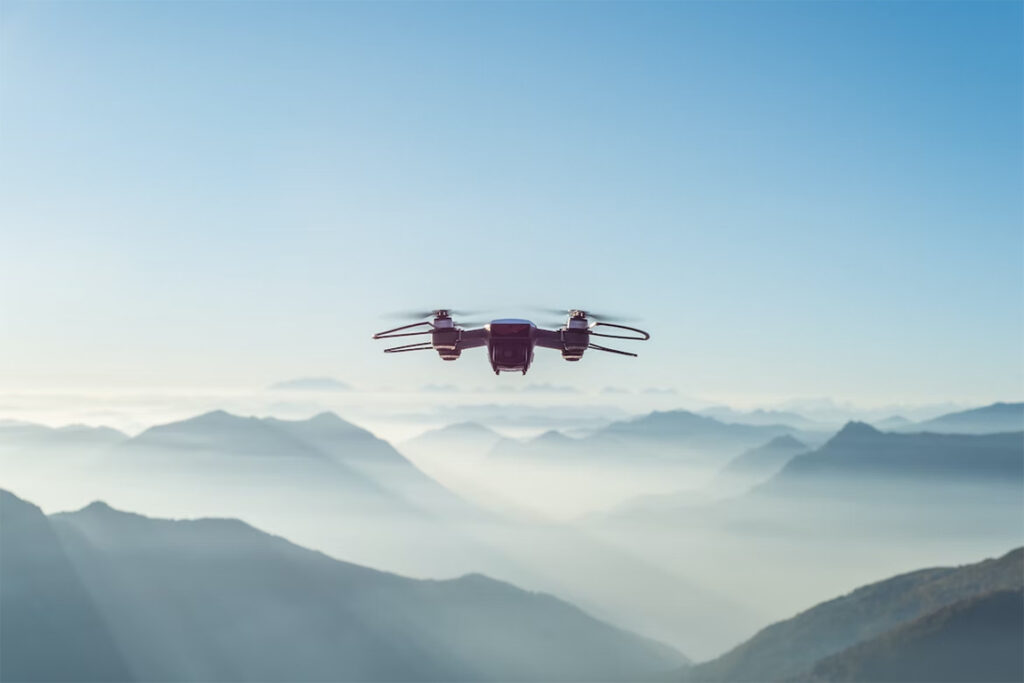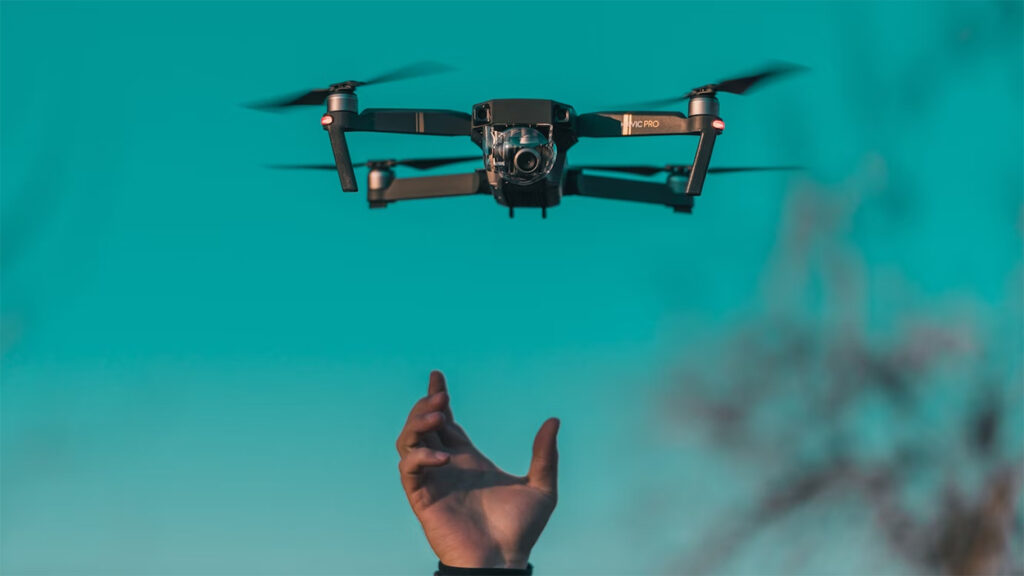Top Drone Technology Trends for 2023
Unmanned aerial vehicle technology is not only reinventing businesses but creating new ones, with autonomous, commercial drones’ industrial applications increasing dramatically since 2016. According to reports, they’re expected to become more visible and widely used due to their versatility by the decade’s end and the size of its global market going over five hundred billion dollars.
In comparison, its projected growth is considerably higher than the expected eleven billion dollars for autonomous vehicles, based on insight reports. Many end-use verticals, such as law enforcement and security, entertainment, media, construction, real estate, agriculture, and energy, are among some that are likely to benefit the most from the inclusion of drones in the existing business operation automation.
Improves automation
There are a number of reasons why there has been a significant increase in the adoption and use of drone technologies:
- The capability of UAVs to perform more complex tasks will only continue improving as technologies like autonomy and collision avoidance advance.
- Many expect commercial drones to be an integral part of logistic activities for many companies, enabling them to remain more competitive.
- Drones are increasingly becoming commonplace in the industrial sector for ensuring the proper operation of the sites and safeguarding the workforce.
- More modern drone-supportive rules and regulations are anticipated to reduce entry barriers, especially for small businesses offering the commercial operations and services of these machines.
- Drone technology will likely disrupt the media sector, as it will enable journalists to cover places where entry may be prohibited or dangerous.
With the advantages they offer, it comes as no surprise that drone use continues to increase. And below, we’ll discuss a couple of trends that are expected to change and transform the technology further.
Integration with machine learning and artificial intelligence
Drones offer considerable growth prospects in the market, especially when integrated with machine learning and artificial intelligence technologies. UAVs with AI, advanced sensors, and cameras generally have a clearer understanding of the environment, enabling them to navigate areas more effectively and efficiently. Moreover, they can monitor and track the movements of life forms and objects, offering precise analytical insight for the end-user.
Cloud storage for data
The feedback that drones provide can be stored in cloud-based platforms, offering accurate data-driven decision-making by ensuring the rapid collection, transfer, and processing of data. Users are able to take advantage of AI-powered drones for collaborating and accessing feeds that are collected by other UAVs for tracing real-time flight patterns. When paired with the previously AI and ML technologies and predictive models for learning, they can assist in offering actionable insights.
5G to offer DaaS
The incorporation of cloud computing with 5G delivery models alongside the development process for drones promises lucrative opportunities for commercial market growth in UAVs. With high-speed internet, drone users are able to communicate better in demanding environments and successfully complete various tasks, ranging from autonomous flying to media sharing.
Conclusion
It isn’t surprising that UAV technologies are growing in popularity. After all, their existing and potential applications make them advantageous in various sectors. And as their technology continues to evolve, they’ll likely become more common fixtures in different industries.


